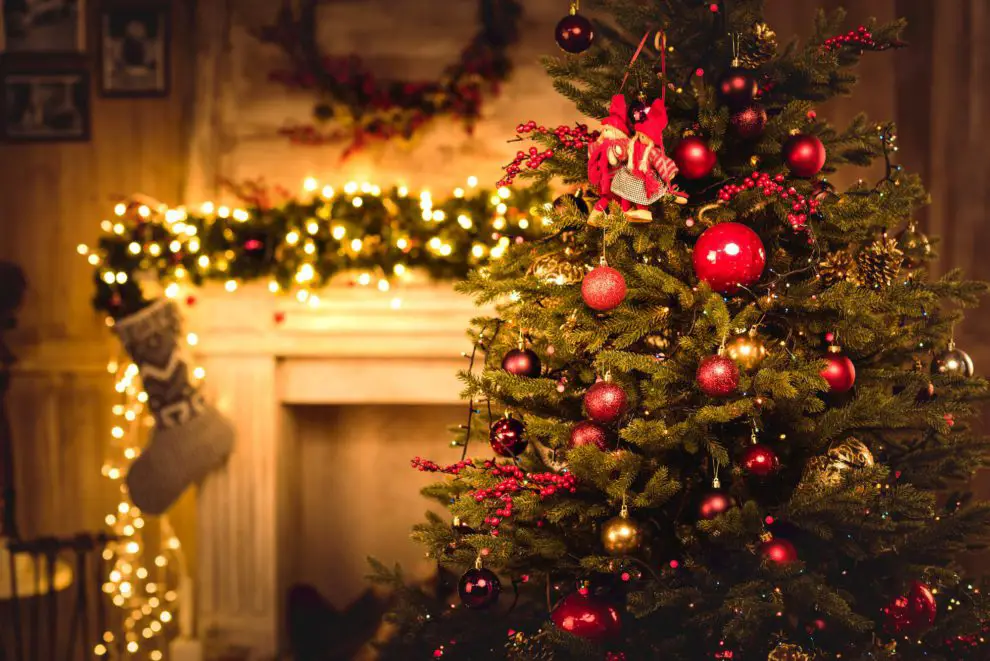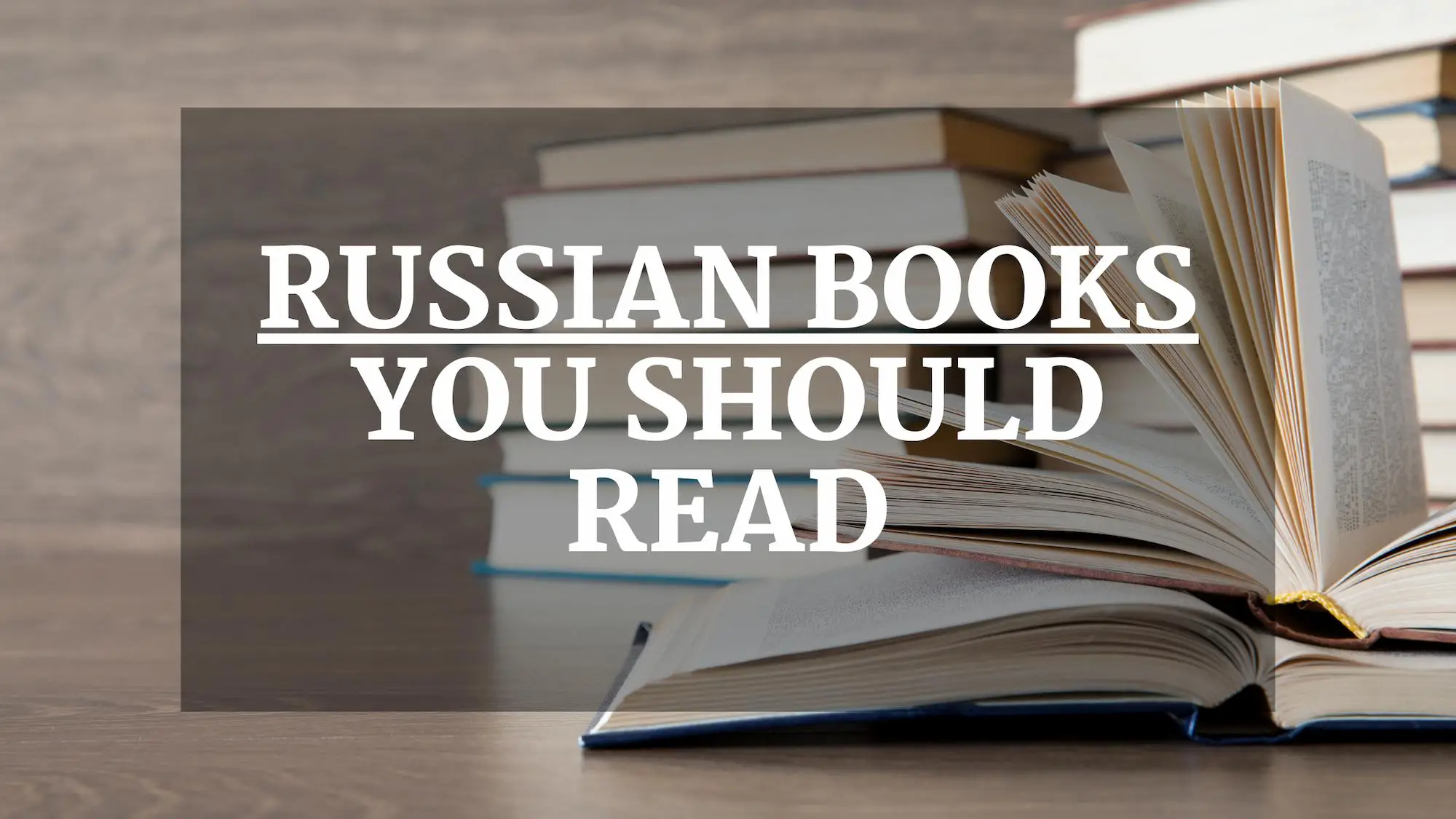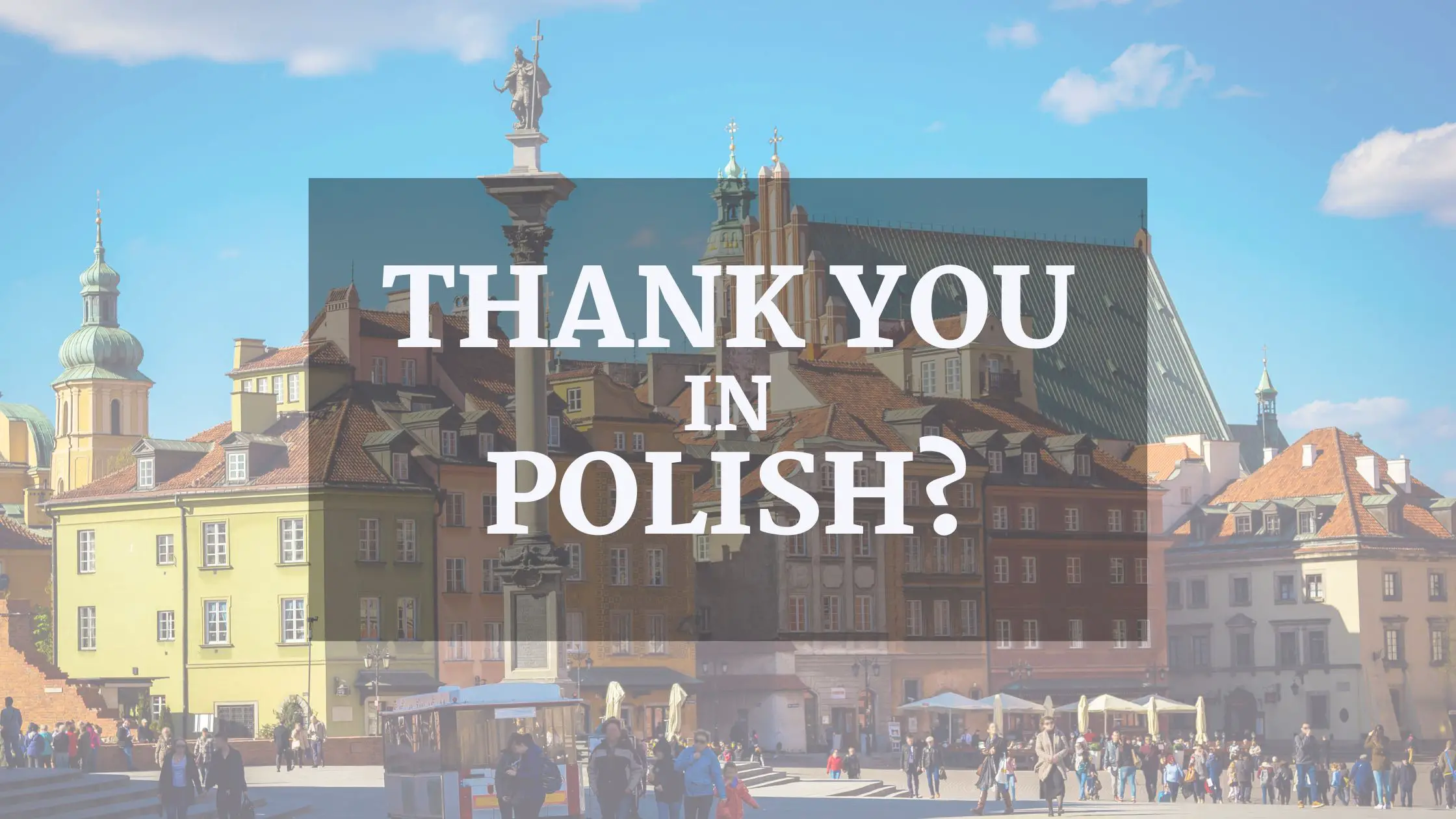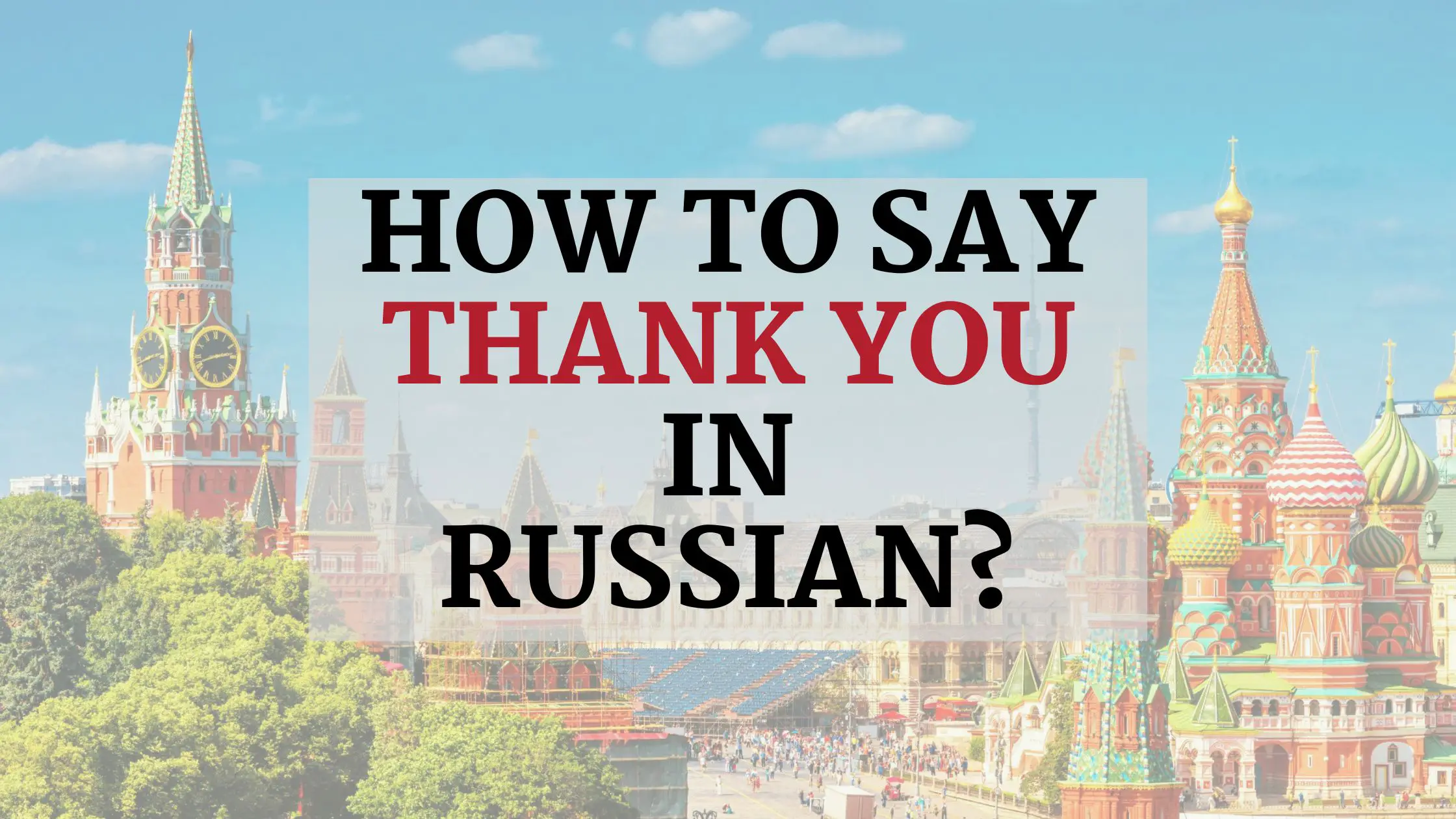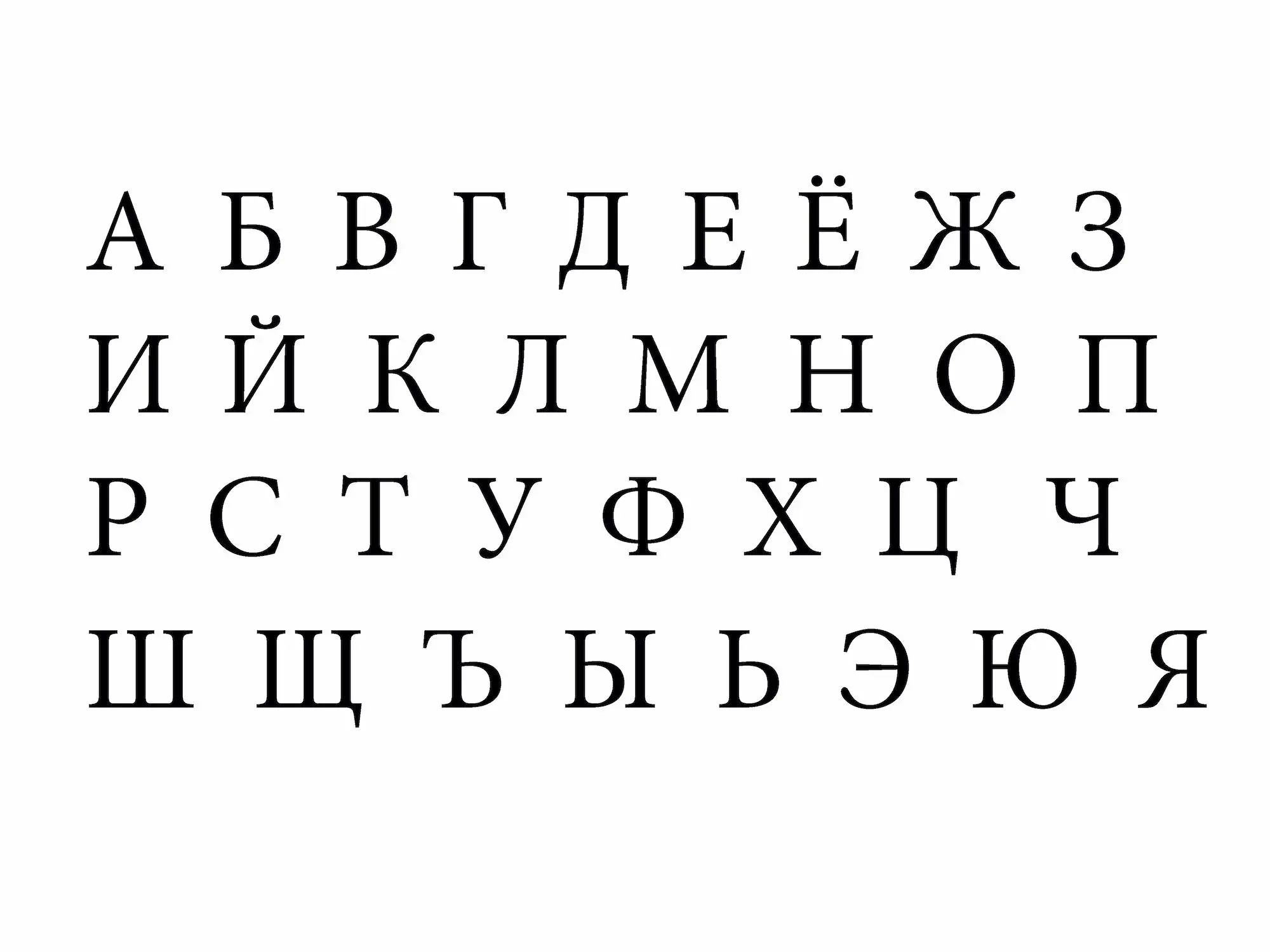With almost 90% of the Croatians being Catholics, Christmas in Croatia is kind of a big deal.
The festivities begin as early as November 25 (which is St Catherine’s day), and last until after New Years Eve, with Christmas being celebrated on December 25.
By the beginning of December, most streets and houses are adorned with glittering decorations while the air is filled with Christmas spirit and the smell of roasted chestnuts and mulled wine (with cinnamon, cardamom and nutmeg).
You can see the decorated Christmas trees (on the squares), around which people gather to laugh and have a good time.
Adults spend their time drinking warm mulled wine, while the children prance around the square enjoying the sites and partaking in Christmas activities.
Croatian Christmas traditions vary from region to region, with some unique customs exclusively practiced in a small number of places.
In Croatia, Christmas is being celebrated throughout the whole country (by almost everyone). It’s the time of festivities, gift giving, and wholesome fun.
A lot of tourists flock to Croatia, just to participate in the most amazing time of the year – Christmas in Croatia.
Table of Contents
Christmas in Croatia
The Christmas season in Croatia is the perfect time to visit the country. It is the most festive period of the year where people gather to be around their families.
Croatian Christmas means a lot of food, candies, gifts, music, and laughter. And who doesn’t enjoy all of those things?
Before we get on with talking about Christmas celebrations, let us first take a look at some of the many traditions and holidays that are closely associated with Croatian culture, history and religion in the lead up to Christmas.
St Catherine’s Day
This day is not the actual beginning of the holiday season, but rather a “warning” that the Christmas festivities are near, and, that people of Croatia should get ready!
There is an interesting Croatian proverb saying that Sveta Kata zatvara vrata (“St. Kate closes the door”) which refers to the custom that forbids weddings or other large celebrations during Christmas time.
Croatian Christmas is celebrated differently across the different regions of the country.
For example, the coastal town of Selce has a rich program made up of various interesting events to celebrate the day of St. Catherine, while in other places, this holiday is not acknowledged at all.
The Croatian Christmas season officially begins with Advent.
Advent Wreath
The 4th Sunday before Christmas is Advent Sunday which marks the beginning of Advent and an official beginning of the Christmas season.
According to tradition, families buy or make their own Advent wreath of evergreen branches or straw, and put four candles on top of it.
Each candle is lit on every Sunday before Christmas, (usually during the Sunday lunch).
The Advent wreath symbolizes eternity, while each of the four candles stands for different phases of life and represents different emotions.
- The First Candle is purple and symbolizes creation and hope
- The Second Candle is also purple and symbolizes embodiment and peace
- The Third Candle is pink and represents the spiritual redemption and joy
- The Fourth is, again, purple and represents ending and love.
Advent is particularly important for the Croatians. During the Advent period there are early morning masses and prayers.
Croatian people feel that it’s important to spend time with their families during Advent.
You might not get to see your family on a regular basis, so this holiday is a perfect excuse to do just that (even if you don’t like your family very much, you should still try to make an effort and see them).
The worst thing you’ll get is a place to eat a free lunch (on Sunday)!
St Nicholas Day
Celebrated on December 6, St Nicholas Day is the day when children polish their shoes and leave them on the window sill, in hope that St. Nicholas will bring them gifts (usually sweets and candies).
However, children who didn’t listen to their parents are visited by Krampus, a hairy demon who instead of treats leaves sticks, so that their parents can discipline them (It’s an old tradition, I don’t think that today, Croatian parents beat their kids with sticks) [1].
Decorating the Christmas Tree
There is no Christmas in Croatia without a Christmas Tree.
The Christmas Trees are very popular in Croatia, and are traditionally decorated on Christmas Eve. However, many people decorate them on St Nicholas’ Day.
In the past, only wealthy families could afford special Christmas ornaments, while the rest of the people decorated their Christmas trees with fruits – mainly apples, pears, and plums.
Sometimes people used preserved candied fruits and covered them in gold color. Because of all of that, a tradition of putting fruit ornaments on Christmas trees was started and continues to this day,
Not all Christmas decorations are made of fruits (just to be clear!).
Croatians love their Christmas traditions and tend to practice a number of different customs.
Decorations on the Christmas tree are usually put up by children (they think putting up decorations is fun because they are little and haven’t discovered Netflix yet).
St Lucia Day
A week after St Nicholas’ Day, follows the Day of St Lucia, which falls on December 13.
Traditionally, it wasn’t Christmas Day when gifts were exchanged, but St Lucia’s Day.
Now, gifts are exchanged throughout the whole month of December, with some of them being put under the Christmas trees.
Another tradition on St Lucia’s Day is to sow wheat (this wheat will later become a Christmas wheat) onto small plates.
The grassy sprouts that grow is a symbol of how prosperous the coming year will be. The taller the grass grows, the more fruitful the year will be.
On Christmas Eve the Christmas wheat is put underneath the Christmas Tree.
Christmas Eve (December 24)
Called Badnjak or Badnji Dan, Christmas Eve is traditionally the most important part of the Christmas celebrations.
The name Badnjak is derived from the word badnjak which means a log that is lit on the evening before Christmas.
According to the Croatian beliefs, the log should stay lit throughout the whole evening, (all the way to Christmas day), as a symbol of light that Christ’s birth brought to the world.
In Dalmatia, people sprinkle wine on the log. This is an ancient tradition that dates back to medieval times.
In Croatia, Christmas Eve is celebrated within the circle of closest (and extended) family members and friends.
There are also numerous events for those who visit Croatia as tourists. In Croatia, no one is left alone during the Christmas Eve celebrations.
Christmas Eve Menu
The traditional menu for Christmas Eve includes light food such as dried cod fish, potatoes, salads, and fritule – traditional Croatian doughnut-like pastries with raisins.
On Christmas Eve, people who haven’t done their decorations, decorate their Christmas trees and homes.
Also, on Christmas Eve, the people in Croatia visit the local churches and attend the Midnight Mass. They greet each other with “Sretan Božić” – (Merry Christmas).
After the Midnight Mass, Croatian families gather in their homes to rest before Christmas Day.
Children ponder about what gifts they might find under the Christmas tree, like so many other children around the world.
Christmas Day (December 25)
The day of Christmas in Croatia begins with another round of “Sretan Božić” (Merry Christmas) greetings and with gift giving among the family members, after which a family breakfast is served.
Most families will attend a mass at a local church.
Christmas Day represents a time for relaxation and a time where everyone should be with their loved ones.
Christmas Day Menu
The Christmas meals are the most anticipated aspect of the Croatian Christmas and there is a good reason why – they are delicious!
The traditional Christmas meals in Croatia include roasted turkey, duck or goose, and the most popular Croatian meal (or Balkan meal) called sarma.
Sarmas are cabbage rolls filled with rice and minced pork meat.
The sarma cabbage rolls are something that most people eat during this period of the year. Restaurants rarely have sarma on their menus.
And even if there is a restaurant serving it, it is never as good as those sarma cabbage rolls that were made at home.
In some regions, it is common to make a beef stew, homemade mlinci (flatbread pasta), or roast suckling pig served with a mix of veggies.
For dessert, Croatian people usually have the doughnut-like fritule, a cake made of figs, and the traditional makovnjača (delicious rolls made from poppy seeds).
Visit our article on Croatian food to learn more about the cuisine and popular dishes.
Croatian Christmas Market
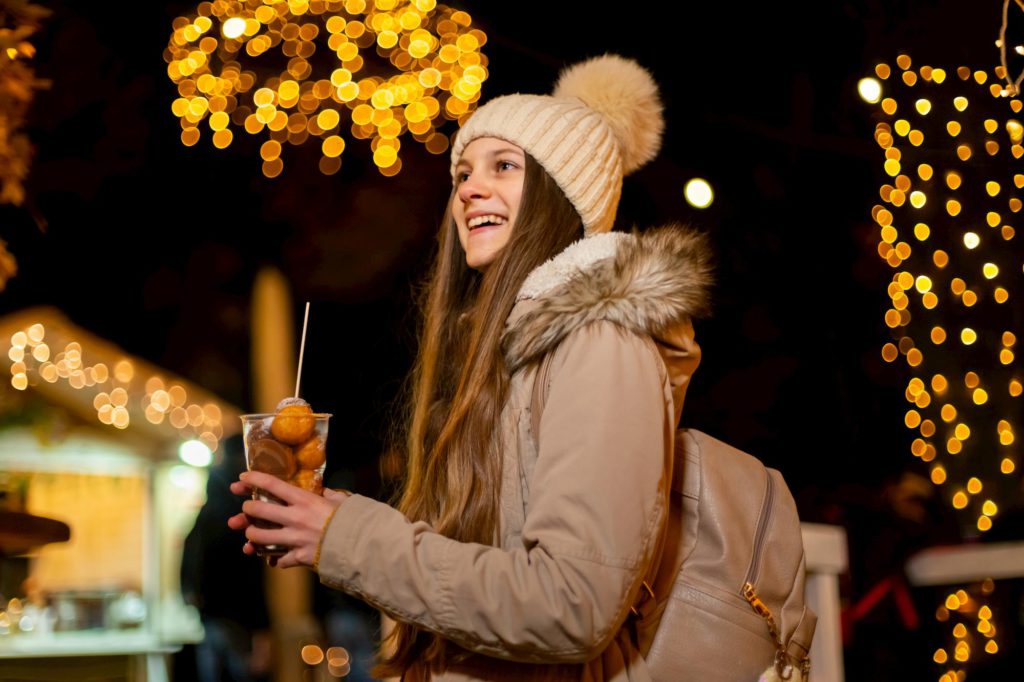
There is a Christmas market in each city and town in Croatia. They usually open with the beginning of Advent and are open until mid-January.
These are the places to buy traditional candies, Christmas ornaments, souvenirs, food, and of course mulled wine.
The huge Christmas trees decorated with lights, can be seen on most of the city squares.
The biggest Christmas Market in Croatia is the one in the capital city of the country, Zagreb.
Zagreb was voted to have “The Best Christmas Market”, for three years in a row, which attracted more tourists to visit the Croatian capital [2].
There is also the Salaj land (a property of the Salaj family), that visitors describe as a Christmas Fairytale made of thousands of colorful Christmas lights. If you find yourself in the city of Zagreb, you shouldn’t miss this beautiful site.
Zagreb is a wonderful place to spend the Christmas holidays. Besides the Christmas Market, it has great bars and restaurants that offer delicious meals.
If you like to eat (which most of us kind of do!), have fun and enjoy the holidays, then Zagreb is one of the places that you should definitely visit.
New Year’s Eve
After Christmas Eve, the night of December 31 is widely celebrated across Croatia.
There are many parties that you could attend during the New Year’s celebration. Usually, there are a lot of different musical events happening on or near the city squares throughout the whole country.
Read: Top 9 Russian Holidays
Epiphany
Bogojavljenje or Holy Three Kings on January 6 is the end of the Christmas season in Croatia. On this day, people usually take down the decorations in their homes and from their Christmas trees.
There are some places in the north and north-east of Croatia where according to the old customs and traditions, three boys are grouped and are called zvjezdari (meaning “holders of the star”).
The star is made of cardboard and the boys spend their time taking it from one house to another. Each household they visit is expected to give them gifts, so you can imagine that there are a lot of kids who’d want to be zvjezdari.
The zvjezdari are often accompanied by a group of choir boys who sing Christmas carols.







